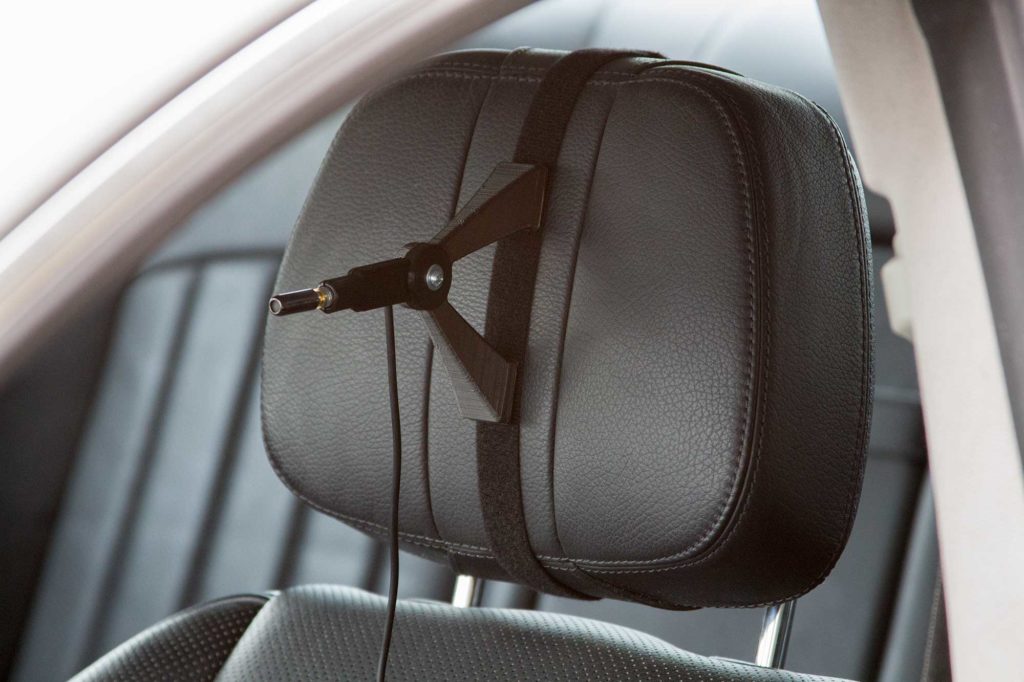Guide to Car Stereo – back to our roots
A long time before I was ever paid to write, I was a science fiction fanatic, reading voraciously. A massive slice of the life’s work of Robert A. Heinlein was gifted to me by a bloke who was from NEL or New England LIbrary, one of my mum’s publishers. It was two dozen paperback books that I read and re-read until they fell to bits. ‘Stranger In A Strange Land’ was used in university literature courses. In his more rambling moments, Heinlein would talk about the profession of writing and in one book, in an existential twisty weirdness, his characters actually wonder if they are ‘up against a writer’ and may only exist as the writer’s imagination. Yep, university level lit’rature….
There was a phrase he used to describe the sort of pompous sub-editor he despised. He referred to them ‘pissing in it to change the flavour’, by way of edits done because in their judgement, they knew better, despite the writer being hired for him to edit, based upon their skills. I met it in the very first thing I ever had published and it rankles to this day, decades later, as it was pure piss. This bloke, John Nelson, was the tech on Fast Forward Sound & Security magazine. I had sold them the idea of ROCK BUS. The touring coach, fitted out with a dozen bunks and a big bedroom at the end. A table area had the galley and was where the crew and artists would eat and party as their drivers drove through the night to the next venue. There were always TVs, video players and lots of six by nine speakers in all directions. I chose to describe the users of these buses as being, “that oft-time denizen of the planet Zog, the rock or pop star”.
Nelson had changed it, for reasons best known to himself, to ‘planet earth’. My actual editor, Kevin O’Byrne, whom I did and still do adore, was nothing but ashamed and embarrassed that it had got past him. He simply apologised.
In all that time since, there have been editors with heavier and less intrusive hands and at best, with a snip and a tuck they have often made me look better at it than I am. And I suppose the pee-method editors thought they genuinely were improving it.
But when your editor is less skilled, it isn’t a good idea and that happened to the slew of stuff I sent off to Fast Car. It’s all up there.. and to be honest, by the end, I was so irritated that I haven’t even checked to see if they have anything more on the subject. But I supplied a serious slice (actually an entire loaf) of quality work and don’t think there is anyone else out there with the writing chops to do it, with any degree of credibility in car audio.
So when it got mangled and had mindless banal piffle like “and then, there’s good old radio” adding-in to versions crushed to quarter-length without asking me to do it, credited to my name, I sacked them. Thankfully, a whole bunch of stuff had been published without my name on it, actually with a different one, because the poster couldn’t be bothered to create a proper slot for me. And that is such a basic contravention of the single sole right a writer has, as to render any urges not to use my quality content here, moot. I wrote twenty-seven articles and if you look for me on their site, just FIVE show up!
Herewith, my apologies for the delay while I licked my wounds and decided what to do. And thus, the first slice of that loaf. Starting at the roots.
Guide to Car Stereo
The first thing when buying car audio is to be honest with yourself. When you buy aftermarket, rather than OEM – what comes with the car -you choose it to suit you alone. The very latest electric Volvo EX90 has a massive OEM Bowers & Wilkins audio system with twenty five speakers. Literally dozens, it is about every single seat getting proper stereo and has speakers in every headrest. Just like the Meyer systems in Cirque Du Soleil shows in ‘Vegas, everybody gets headrest augmentation. Yet your car is also the one place where you can spend time listening to music. Most others will be filled with distractions or double-screening.
But true stereo sound, laid out uncannily before you as you drive, is the sole realm of aftermarket car audio. It can sound as if the band was right in front of you. As if the stereo image was extending beyond the car. And that’s something even absurd top end OEMs cannot quite do. It’s also the mark of mad-end home HiFi. A posh set of HiFi speakers won’t seem to be where all the sound is coming from.
Like the finest HiFi indoors, you can have that stereo quality in your car. But like true HiFi, that far towards fabulous will cost you. The top Alpine system as a single purchase, is a cool £25,000 plus installation. Called their F#1 Status system it does all of it at the top end.
But car audio is also about that daft fun-drive that you just want a tune in. You may not have money for high end lunacy and car radios start ever so cheap these days.
And here’s the BIG THING. In that fun ride, any radio at all, is a hundred times better than no music at all!
The Three Forces
Ultimately whether it be fill-the-hole-make-a-tune or wanting huge belly shaking bass or even desiring sexy HiFi, there’s just three forces at work. When deciding what car audio to buy, it always comes down to balancing these three things:
- YOUR VEHICLE: The ultimate pre-furnished room, with only so much space, starting with what’s in the dash to start with. Single-DIN or Double-DIN dashboard aperture or perhaps there is a stock system in your car? Nowadays, many stock radios are embedded like a tick in the electronic protocols. These cannot be removed. But you can still have anything you want. Read on….
- YOUR TASTE IN TUNES: Do you mostly want to hear the cricket on the radio? Is it EDM, or Heavy Metal that floats your boat? Throbbing Lovers’ Rock? Perhaps it’s all about beauty and you do fantasise about automotive HiFi?
- YOUR BUDGET: The true limiter. “Yeah, we’d like the Aventador please. And yes, can you add the Mansory upgrade to that?” Sigh…It’d be cool to shop like one of the so-called Billionaire Boys but reality needs to bite. Thing is, there is kit made at all levels for all tastes and budgets. You just need to find out about what is good and what is to be avoided. We can help with that.
THE KIT
Front End – Source
The place your tunes come from, where it all begins, bears different names. These names depend upon your age/job and levels of highfalutin’ poncyness. If you’re an oily fixer of older cars, then no matter it be a CD or Cassette, it’s just ‘radio’. If you were ever anything to do with 12V electronics, you’ll call it ‘head unit’ as we do. If you’re a flat-earther pure (NO WOOFERS!) HiFI nut who argues about gramophone parts, you‘ll call it the ‘source’.
It just means the device where your sounds are coming from, be they podcast, pounding bass or pop ditty. It’s audio, after all. Your car will have one of three situations controlling your choices in source. The first two are single-DIN or a Double-DIN standard size housing in your vehicle. The third is when your car has audio electronics that simply isn’t removable. For this last not-removable situation, there are two main options for audio system upgrades. The first is to simply choose amplifiers that can accept speaker level inputs. Your installer finds the wires going to your stock speakers and cuts and re-routes them to your amplifier’s inputs. Thus you can get all the features on the amps you purchase – and they vary, be they two-channel or four-channel. It will limit your audio shaping to what you have on your car radio as far as equalisation is concerned. To get around that, you can take the same speaker wires and feed them to a dedicated OEM integration box. These are specially made for the job. Some can edit out loud warning ‘bings’ that interrupt OEM audio systems, from destroying your ears at 500W after upgrading. Cheap OEM speakers sometimes have their foibles covered by odd-curved outputs from OEM amps. A good integrator can cure that too.
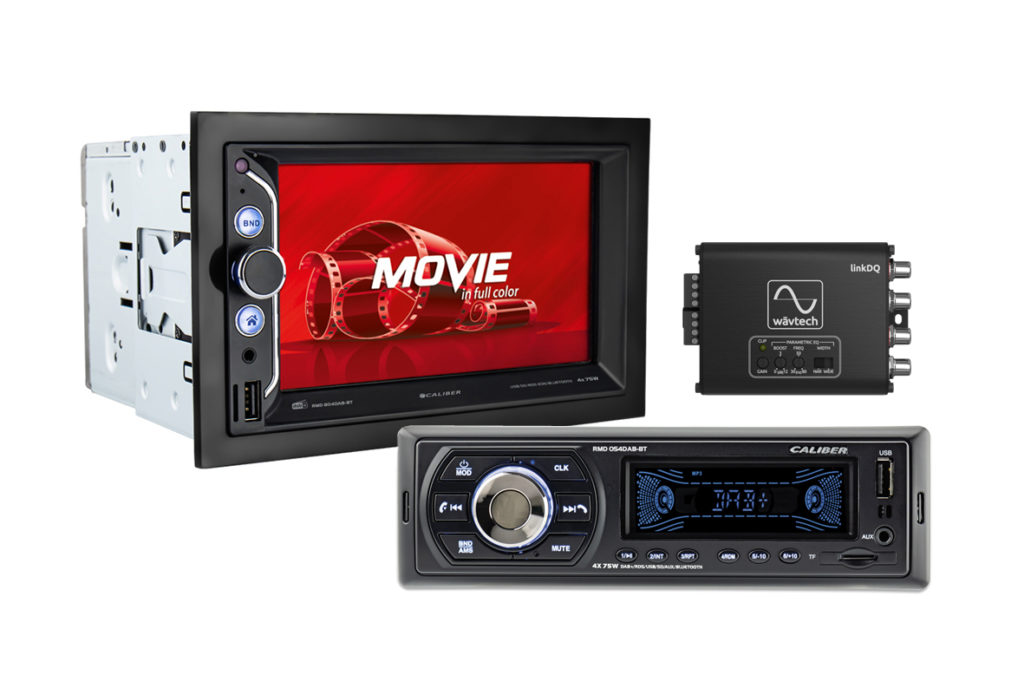
Loudspeakers – Which?
You absolutely don’t need twenty-five speakers for good sound in your car. The only way the Volvo/B&W folks do that is by using a lot of test and measuring equipment. Also, they are giving all your empty seats the same emphasis as the driver and each speaker is volume-limited. NOPE, we are going for as selfish as solo, er, can I say ‘auto-erotic’ so the rude word’s not there? The point is that there’s just YOU to please and that extends to disagreeing with HiFi people. If you like it, that justifies it, simple as that. The proof, is how we once had to run reviews of twenty sets of 6x9s, sixty altogether! (OK, for your mad curiosity, a set of Morel entry-level efforts won all round!) Because 6x9s are ‘not HiFi’ since they make sound from behind you. They are also brilliant at tight, wicked bass that drops lower than you can believe and were staggeringly popular.
You need to make your choices of speakers for your car based first as to what will fit. What are your standard speaker housings? There will be cheap drop-in replacements that might be all the upgrade you need. Better speakers with higher efficiency, that make more music with the few watts you have. These are the ones for going with a good ‘high-power’ head unit, too. Look for a high ‘dB 1W/1M’ rating for sensitivity. The other category is when using amplifiers, as these speakers need beefy wire coils and big RMS wattage ratings. Other than that, it will be about simple to mount coaxial speakers, or fancier-applicability component loudspeakers? Finally, it is about passive or active speaker systems. That’s when you have an amp channel per speaker in full custom installations. Check each category in our BEST guides.
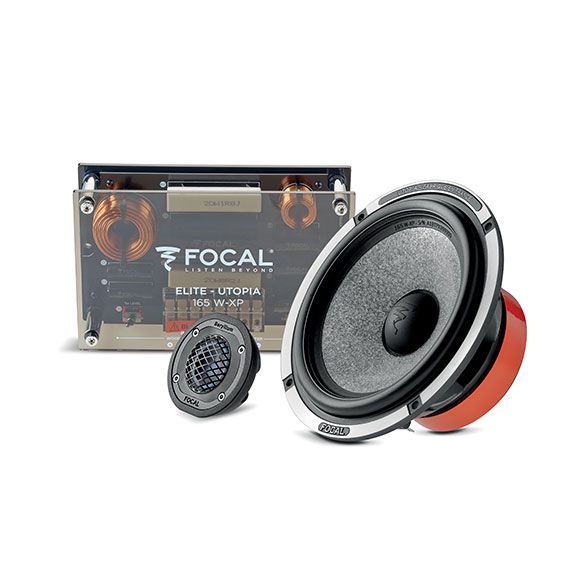
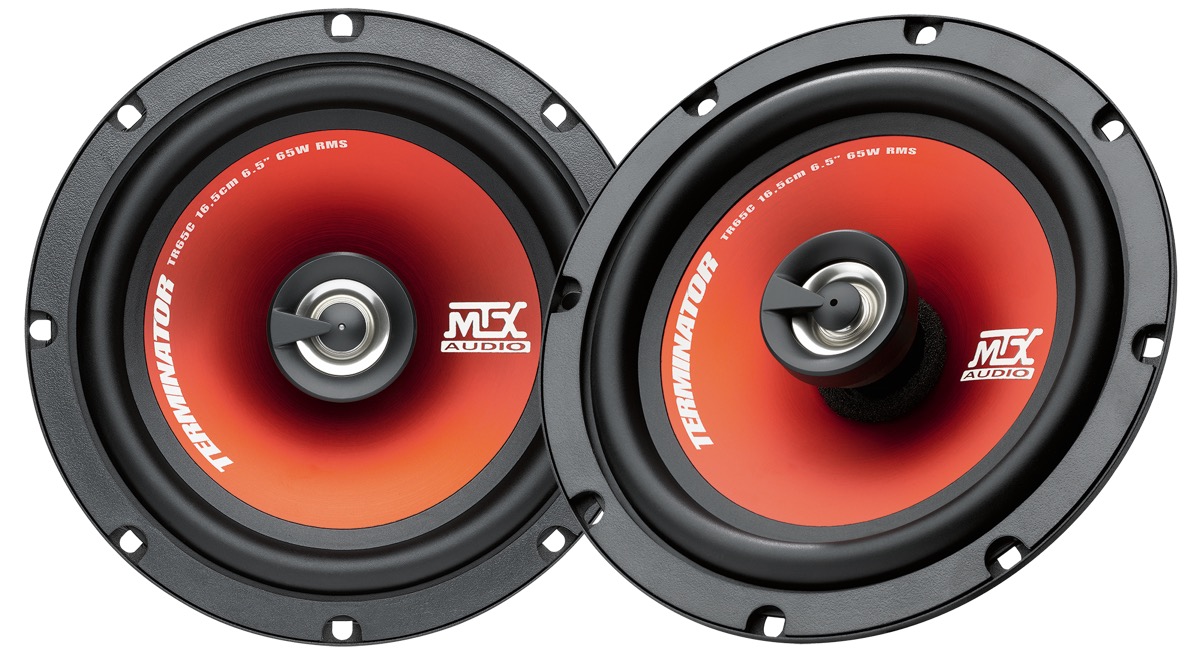
To Bass or Not To Bass?
Bass in cars is weird. To start with, we’re in a metal box (CF if you are rich..) and bass is like a fat cushion. It fills a space and wants to burst out of your seams if it is powerful enough. Big bass is so physical that at the outer edges of insane car audio loudness contests, they use armoured glass. As well as smashing your windows, big crazy bass installs tend to tear themselves to bits with vibration. They suffer fractured brackets and smash things attached to the engine. But that’s literally decibel dragsters as they are called. Because car audio bass alone goes further into high power craziness in a small space than any other. In Brazil, they compete not against a decibel meter but each other via public reaction. Monstrous exterior-facing, unfolding multi-box systems that shake the ground and cause hearing damage! At the sane end, we know that every speaker system that will fit in your car, does require some underpinning. That underpinning can support the rest of the music. After dealing with the boom-nutter in the room, there is The Subwoofer Effect. And that is why you need some sort of low frequency reinforcement.
When any low frequency speaker is correctly added to a system, the rest of the speakers work less hard. Their sound is lifted and improved in a way that gets called ‘psycho-acoustics’. It works all the way up to Metallica concerts. The ‘secret’ to their epic sound is three times over spec subwoofers in the system. And it is so not just about boom and power but subtlety and detail.
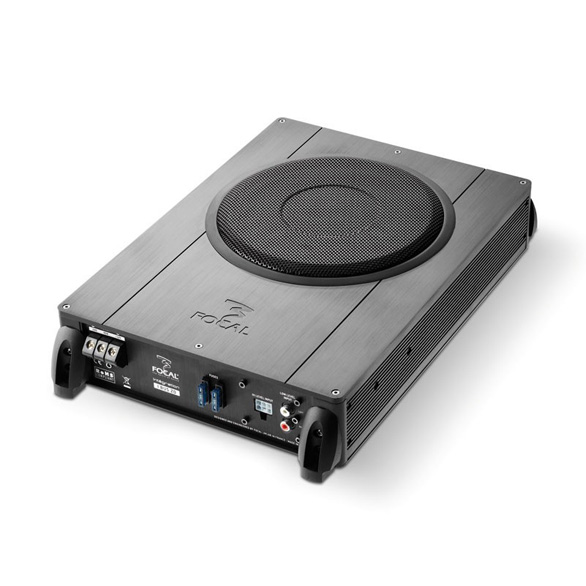
Get a woofer!
All of which adds up to saying that unless you do run a pair of deep dropping 6x9s, you need a subwoofer. They start with small but effective under-seat designs and then it’s about ready-mades with or without built-in power. After that, you enter the heady world of custom install, from special six-inch woofer-spec drivers, to eights, tens or twelve inchers. If you are after fifteens or bigger, you probably know a bit about it already. Last of all, with a bass install, you do need to apply that Force #2. This can be expensive in space, weight, cost to install and alternator power to run. It is always a balance between your space available and how much oomph you really want. Then, the quality varies crazily from daft cheap with wibbly wobbly sound, to daft pricey. A soft wobbly woofer that costs not too much and goes boom on low power would be a JL W0. Their W7 – easy to understand numbering system there – is literally one of the tightest, fastest woofers ever made. And guess what? Their prices reflect this. Most good brands of subwoofer speaker manufacturer in car audio will have more than one line of product to fit the different needs and urges. As said before, on this biggest of all car audio subjects, you need to be honest with your own base (bass!) urges!
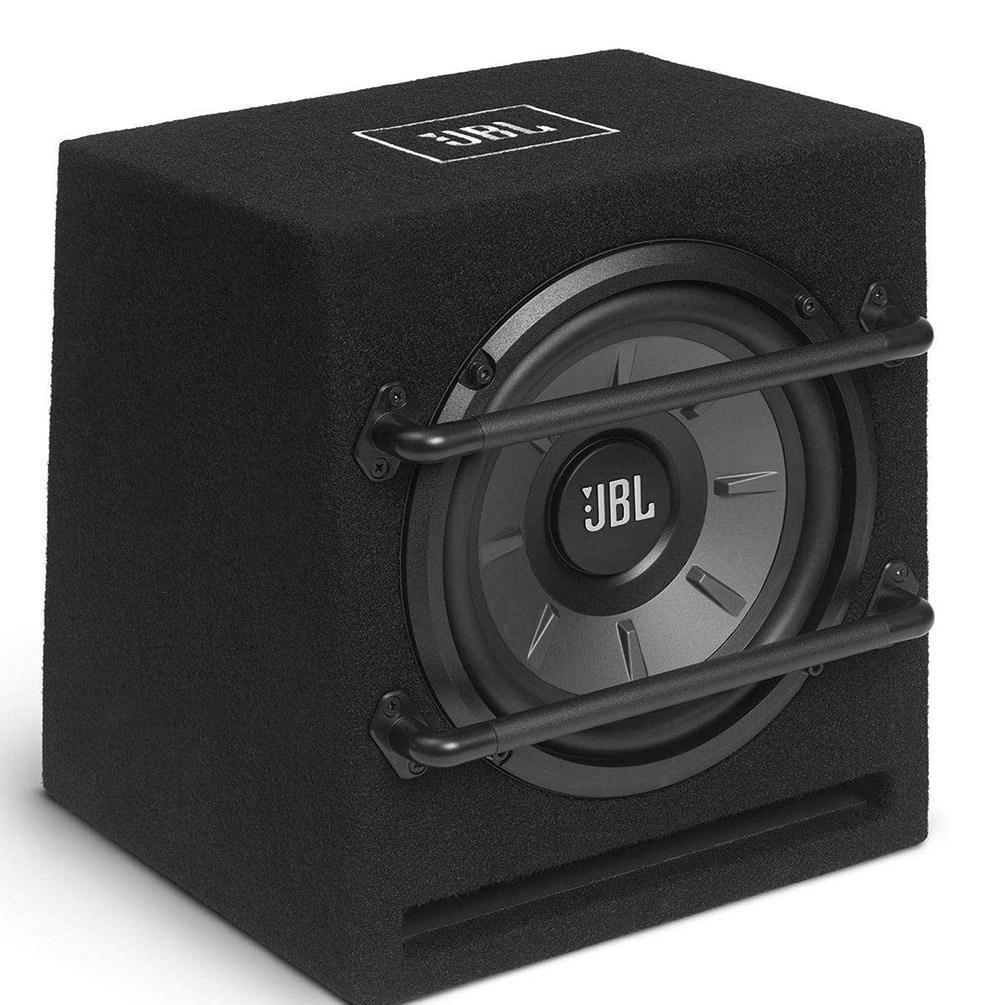
WIRES- Electric String!
Cables really matter. They come in three kinds. The first is about the sound or video as a signal to send to an amplifier or screen. These are usually the RCA cable, plugged with the familiar red white and sometimes yellow plugs. There is a digital fibre optic system rarely seen in car audio called TOSlink that gets used sometimes. The second is the speaker wire. This takes watts from the amplifier, be it inside your radio or a separate one, to the speakers. The third is power, usually DC electricity in cars, unless you are using an AC-DC inverter for, say a Playstation. Each has specific needs due to being in an electrically ‘noisy’ environment and using Direct Current at just 12 Volts. Like everything, cables and wires come in different quality levels and you need to choose carefully to get it right.
A good solution for the wiring needs of your proposed system is to get a wiring kit. These provide all the bits and bobs for all three needs, depending upon scale and size of the kit. Apart from that, here is the skinny on each kind of cable.
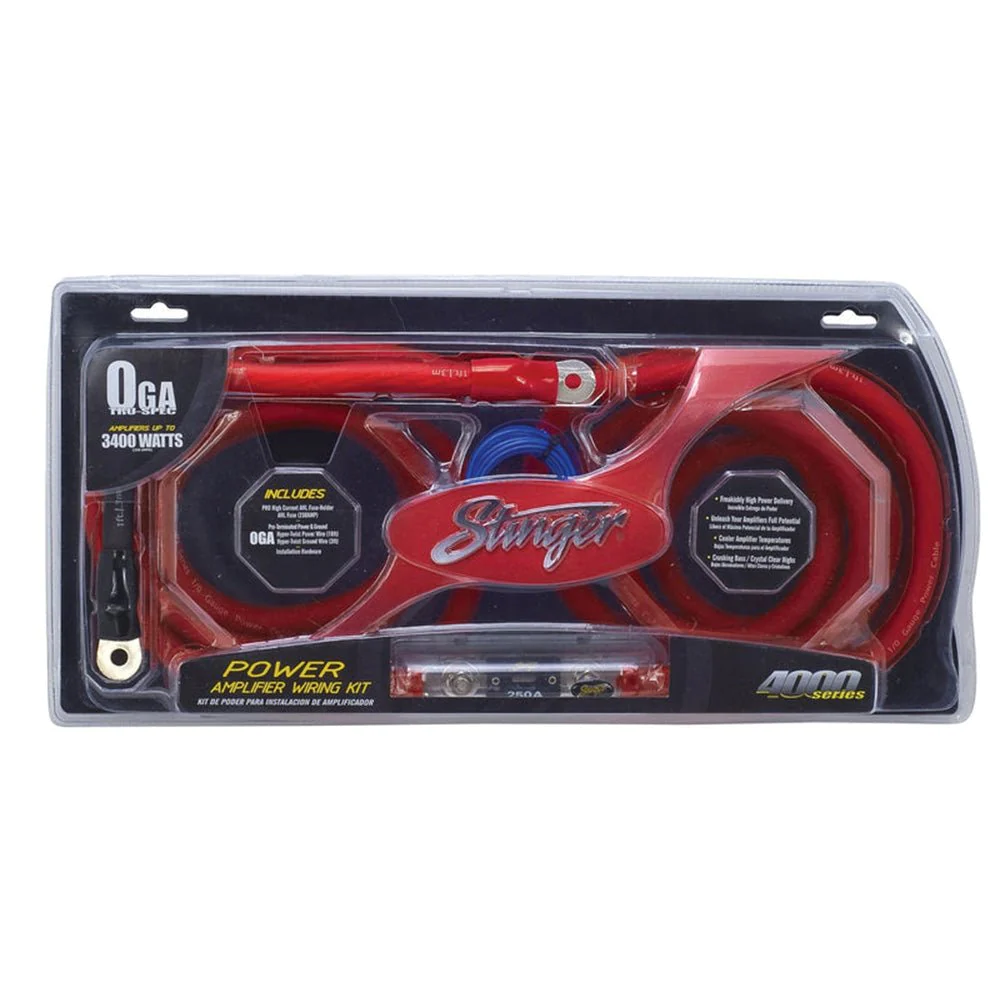
What To Look For In Wiring…
- Signal: The RCA cable can go to lunatic levels of thousands of pounds in HiFi. In car audio, look for the quality of the plugs and information about the wire’s braid or tinfoil shielding. Skinny cheap RCA cables with moulded plugs are to be avoided. Make sure they are a known-good cable brand and their plugs are well made and fit their amplifier sockets firmly. Take anything that uses the word “balanced” as a bit snake oily. That is real thing in pro audio. Balanced signal audio keeps interference out of your signal. It uses three-pin XLR plugs. It should have been the car audio standard.
- Speakers: Use the right thickness. Referred to in American Wire Gauge or AWG, if not mm square section. Tweeters need thin wire and mids, medium. My favourite speaker wire ever, was a dual eight-gauge in a clear bronze cover. The same thickness as the first decent power wire. Copper is best, although I once saw a car that had used £800’s worth of solid silver home HiFi cable.
- Power and Earth: The big one where you can get tucked up. CCA is Copper Coated Aluminium and is cheap. It works but if you need real power and care, you buy pure copper power wires. The more watts you need at 12 to 14V DC, the fatter your wires need to be. The sheer amperage will astound a home electrician. 100 Amperes is normal for one amplifier in our world. Use the best you ca afford as cheap power cables and low quality power connections will sap your juice. It turns your precious DC into warm cables and gives your system less of what it needs.
So, cables matter, get the best you ca and factor them into your installation cost.
INSTALLATION – THE BIG CAR AUDIO SECRETS
Sound Deadening
When folks convert a van to become a tiny home, the first thing they do is ‘deaden’ the heck out of it. Otherwise, it’s like sleeping in a biscuit tin. Likewise, really posh cars have double glazing and enough sound treatment in their bodywork to render the outside world irrelevant. In Bentleys, they call it ‘Splendid Isolation’. All cars come with some sound deadening material stuck here and there in their bodywork. Usually based on tarry bitumen, these bits make a car go ‘thud’ when you tap a panel. Better than tin-tray noises like a van wall.
For car audio, a massively worthwhile investment has always been to hugely upgrade how inert your door panels are. To add some sound deadening even became a cool trend with the Dynamat brand leading the way. There are a lot of other brands and at different prices out there. The main thing to know is that the energy you so carefully preserved by buying posh wires is at risk! Yes, those tunes will rock all the clearer and better if the doors they play from have had extra deadening. They even refer to this as the best audio upgrade ever, as the improvements in the sound are so noticeable. Those vans that get converted, the first show-off Insta pic is always the amount of sound deadening they have used.
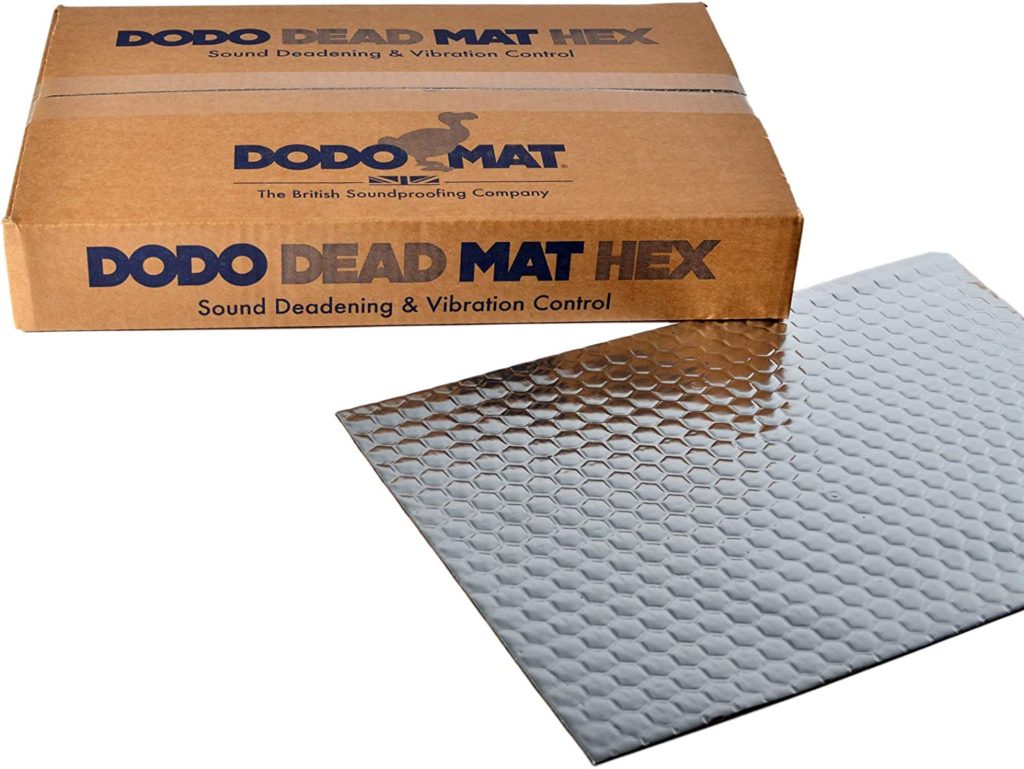
Speaker Placement and Path-length
Indoors, you sit in between your speakers and unless you do have that McLaren F1, you’re sat to one side. But the big deal in car sounds is to get the same result as indoors. You want it to sound full, rich and detailed and like it was all coming from in front of you. There are cunning ways to do this, especially developed for car audio that are now standard. They come in two flavours, physical and electronic.
The physical one is about how far your ears are from each speaker. If it’s the same distance, like indoors, you get proper stereo. In the car, you are close to the door. So placing speakers in builds in the kick wells is a real trend. The speakers are in direct line-of-sight to your ears. If you measure with two bits of string, you will find the difference between them is small, versus door-mounted speakers. The effect is weird as the speakers sound like they are right in front of you. The newer and more popular super-high-end method of mounting speakers is to use the A pillars. High power three inch designs and tweeters are used. Fancy and expensive. The easiest method of correction is Time Alignment. That is all about a bit of digital control. Sound goes at 1.0 milliseconds per foot at ground level in air. If you are closer to one set of speakers, then delaying them a fraction of a millisecond will fix this. Yes, DSP or Digital Signal Processors can split a millisecond into tenths to get this right. At the entry level, ‘Time Alignment’ merely means a mild position-perception fix. At the high end it can win sound quality competitions and give you a right tickle in the feels.
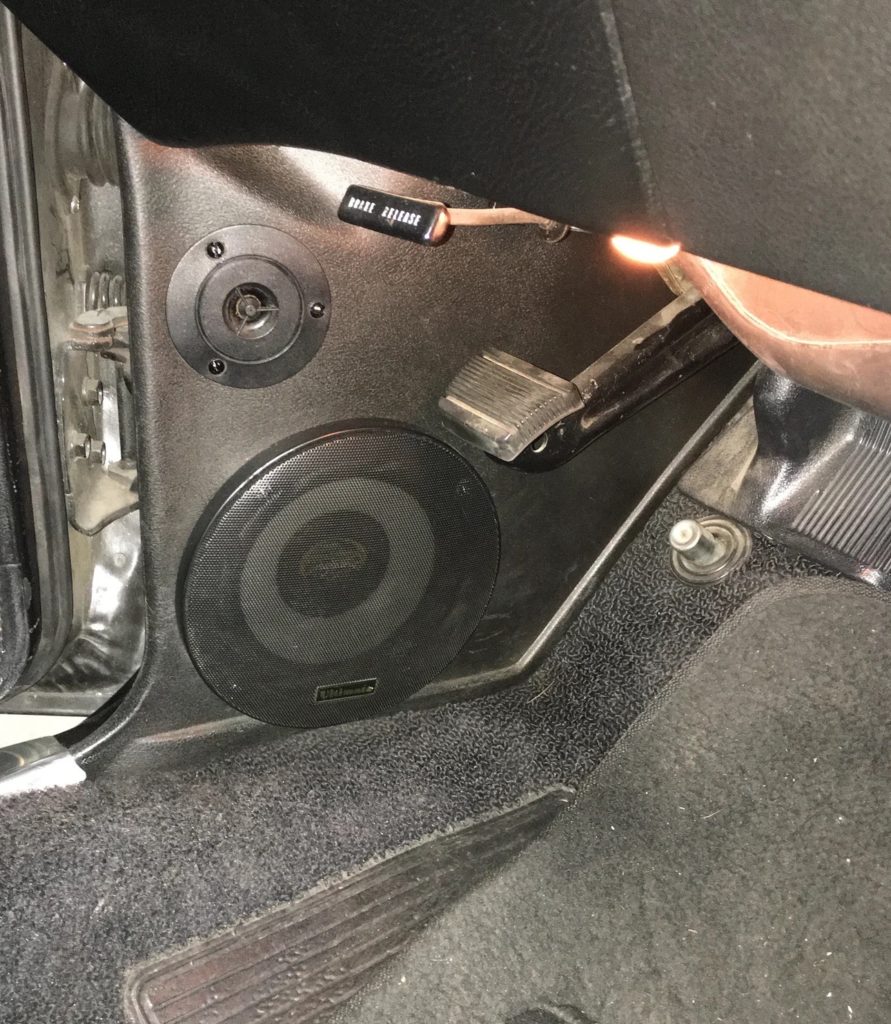
TUNE!
Home audio can still be resistant to equalisation, while car audio’s more enlightened about fitting your system to your acoustics. In home theatre, they do often have a system of room tuning. They play a set of tones from the unit and a specially connected microphone sends data to a brain. This sets the system up for you. The aforementioned Alpine F#1 Status complete system has this too. Otherwise it is about you or your installer setting up the EQ by way of measuring with an RTA. A Real Time Analyser, this shows the tonal balance of your system with a curve. You put an all-frequency sound in, called pink noise and see what peaks or troughs you have. This is when say your soft upholstery absorbs tweeter energy and makes a reduction in perceived output. Or most commonly, when the car’s cabin makes a boomy bass by being louder at certain frequencies. It’s called the Cabin Effect. This is a thing that good installers will get around with careful equalisation and give you a better quality output. Most importantly with all the tuning stuff, is to be able to hear it switched completely in and then out again. This is the easiest way for your ears to tell if it’s all worth it.
Most of all, remember, tunes while you drive, are LIFE!
